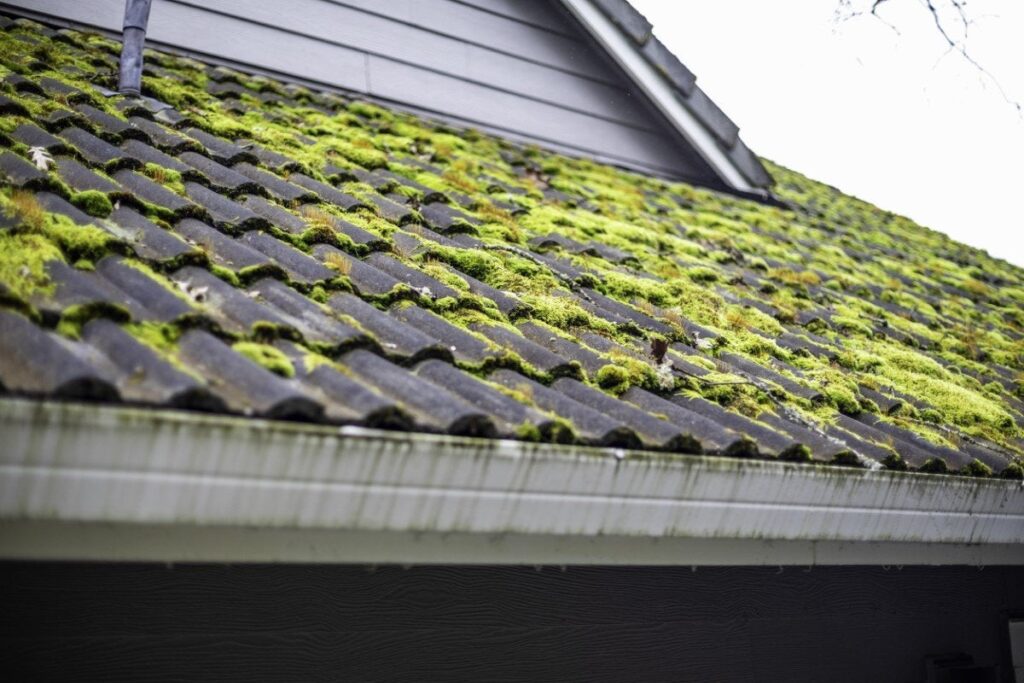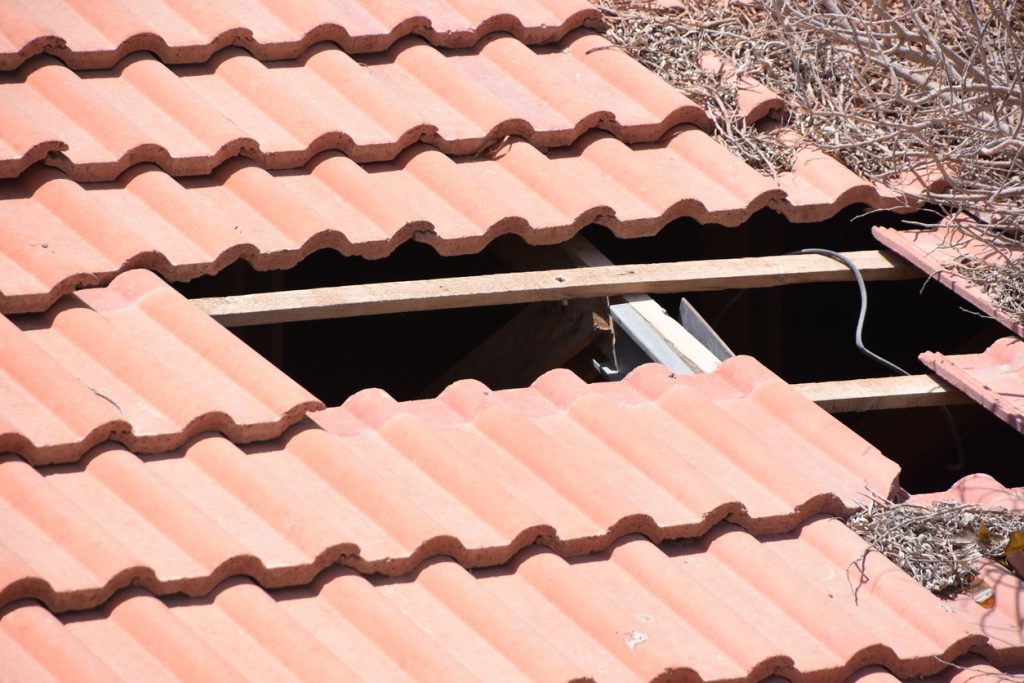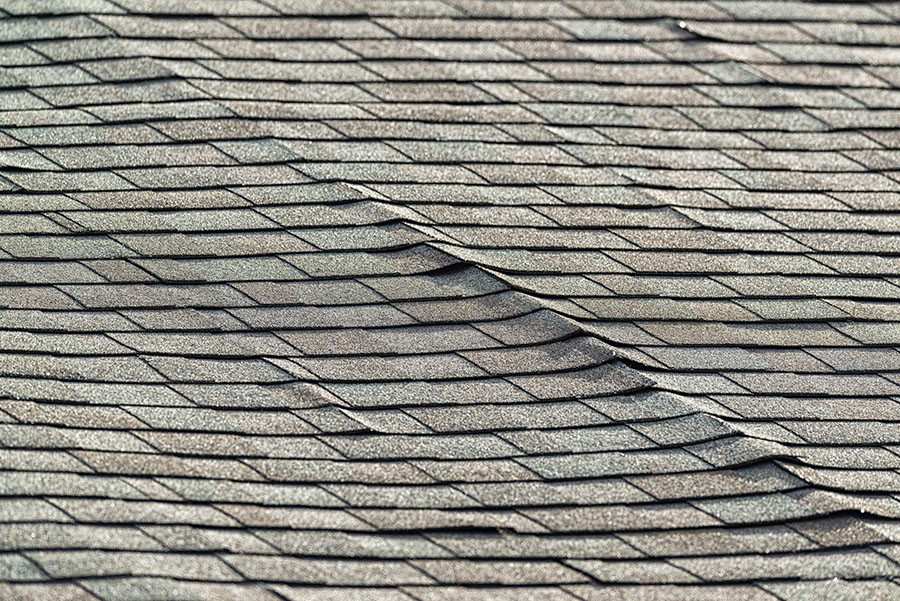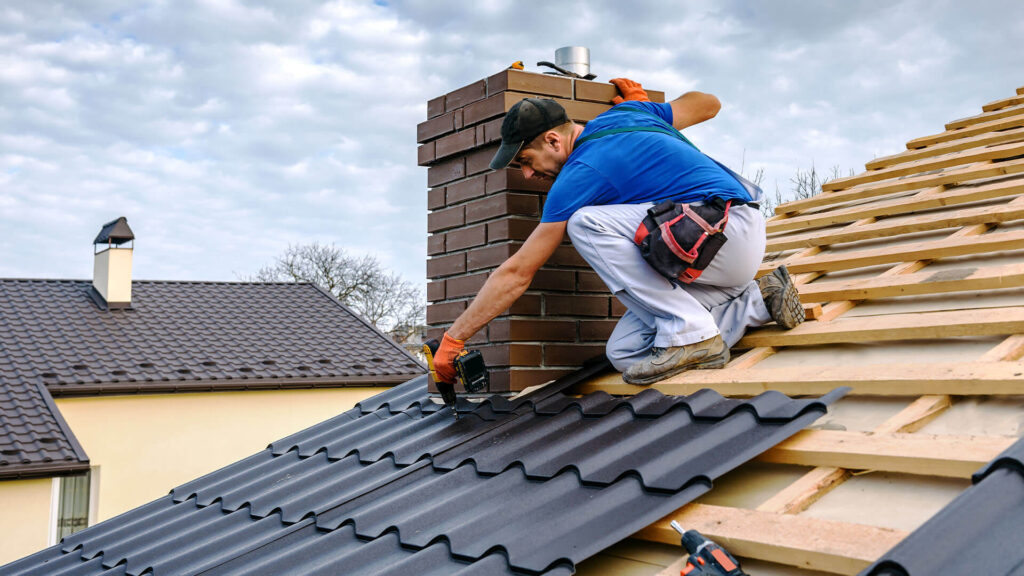Welcome to the Topic “How to Know if Your Roof Needs to be Replaced”
It’s possible for a roof to reach the end of its useful life organically without ever suffering any sort of catastrophic failure. It simply has an aged and worn appearance, and you are performing preventative maintenance on your property.
However, if the replacement of an old roof is put off for too long, it could lead to more serious problems. So, keep an eye out to ensure that you allow yourself plenty of time to include the assignment on your list of things to accomplish.
Consult the professionals at Agile Roofing Canberra for assistance with the re-roofing project you are working on.
Water damage
It is simple to overlook the telltale signs of water damage in favour of other potential causes. If, for example, you discover some damp areas on the top floors of your room. It’s easy to blame watermarks and mildew on water pouring in through the window the last time it rained, but you shouldn’t be quite so certain of that explanation.
In spite of the fact that your hypotheses might be correct, the presence of these symptoms suggests that you might require a new roof or, at the very least, roofing repairs. Even the tiniest watermarks or mould growth could indicate that water has gotten into your home through your roof or that your roof has a hole in it or a fracture in it.
If there are indications of water damage, you should inspect your roof.
Do not wait for the damage to become more severe; doing so could end up being expensive and need you to completely replace your roof.
Mould and moss
Mould and moss are other items you should look out for and check for. Because of the mould and moss that may have formed on the exterior of your roof, the tiles may have become loose and created a breach that allows water to enter.
Inspect your roof to see if there are any tiles that exhibit indications of deterioration, such as moss or mildew growing on them. Take care of this as soon as you possibly can; if you don’t, bacteria and fungi could grow on your roof, causing it to become damaged from water. It is possible that you will need to replace the roof if you uncover a significant number of troublesome mouldy places.

Light coming through your roof
Turning out the lights in the rooms on higher floors of your house and taking a moment to take in the view from above should become a regular routine for you. At sunset is the perfect time to accomplish this since it will be dark enough inside for you to see the light streaming through the windows, but it will still be bright enough outside for you to turn off the lights.
If the light is penetrating your home via the roof, this could indicate that there are cracks or holes in the roofing material, which has to be repaired as soon as possible. Examine your roof to see whether the damage can be fixed with roof repairs or whether a complete roof replacement is required. You may, of course, get in contact with the knowledgeable professionals at Agile Roofing Canberra in order to schedule a free inspection of the condition of your roof.
Loose roof tiles
Check to see if any of your roof tiles have come loose during the annual inspection you perform on your roof. You will be able to decide whether or not they need to be repaired by simply stepping on them and observing their current state.
If you find more than a couple of tiles that are missing or loose, you should think about replacing your roof. You need to go immediately because a roof that is unstable and with tiles that are missing or damaged could collapse on you.

Sagging
Along the ridge of your roof, the peak of your roof should adhere to a straight line. If there is a sag in the centre of the roof, this could be an early warning indication of structural deterioration that could lead to the collapse of the roof if it is not identified and remedied as soon as possible.
Roofing sagging can be caused by a variety of factors, including frequent exposure to moisture and a large amount of water, defective roofing materials, improper installations despite the use of high-quality roofing materials, snow and ice accumulation in regions that experience winter or an excessive amount of weight on the roof, and improperly installed roofing materials.
It is crucial to remove any rainwater that may be accumulating on your roof, check to see that the materials you used for your roof are of high quality and make sure the roof was constructed correctly to reduce the risk of drooping. In addition to this, you need to determine the maximum load that your roof can support. Please get in touch with us if you require any support.

Damaged flashing
Flashing is the material that is placed around objects that protrude from roofs, such as your chimney and roof vents, and its primary function is to protect the roof from water damage. Flashing is constructed to deflect water away from seams, which are areas of the roof with higher rates of runoff, so preventing the infiltration of water into the structure. It is constructed of very small pieces of impenetrable materials, the most common of which are aluminium and steel that have been galvanised.
It is possible that the caulking material that is located behind the flashing on your roof has dried out or that the substance itself has deteriorated due to the effects of the weather and oxidation. If this is the case, your flashing may get damaged. Another typical issue is flashing that has become loose; this can allow water to enter, leak into your walls and ceilings, and cause substantial damage such as the growth of mould and mildew, as well as rotted wood, which can lead your roofing structure to become irreparably damaged.
Debris in gutters
If you find pieces of asphalt shingles or sand-like granules, check your roof for damage. If you discover asphalt shingle fragments or granules that resemble sand, you should inspect your roof for any signs of deterioration. Naturally, a few loose granules are to be expected; however, if you find that there is a large spike in residue, this could be a warning indication. This is because loose granules can become stuck in machinery and cause damage.
The protective covering of a roof has a propensity to flake off as a result of changes in the atmosphere, prolonged usage, consistent exposure to the elements, and moisture, all of which lead the asphalt to become brittle. As a result, you should make it a priority to fix the tiles and regularly renew the protective coating they have on them.
You should also check for debris that may have fallen from trees that have made a nest on your roof since this may cause the coating on your roof to become weakened. Therefore, maintaining your garden on a consistent basis is essential.
Perform sure that you inspect your roof on a regular basis in broad daylight, and if you find any parts that are misshapen, distorted, or curled or tiles that are missing their protective coating, then it is possible that you will need to make some repairs to your roof.
Have any questions regarding the topic “How to Know if Your Roof Needs to Be Replaced” feel free to comment below.
Also Read: Why you should hire Best Roof Repairers

